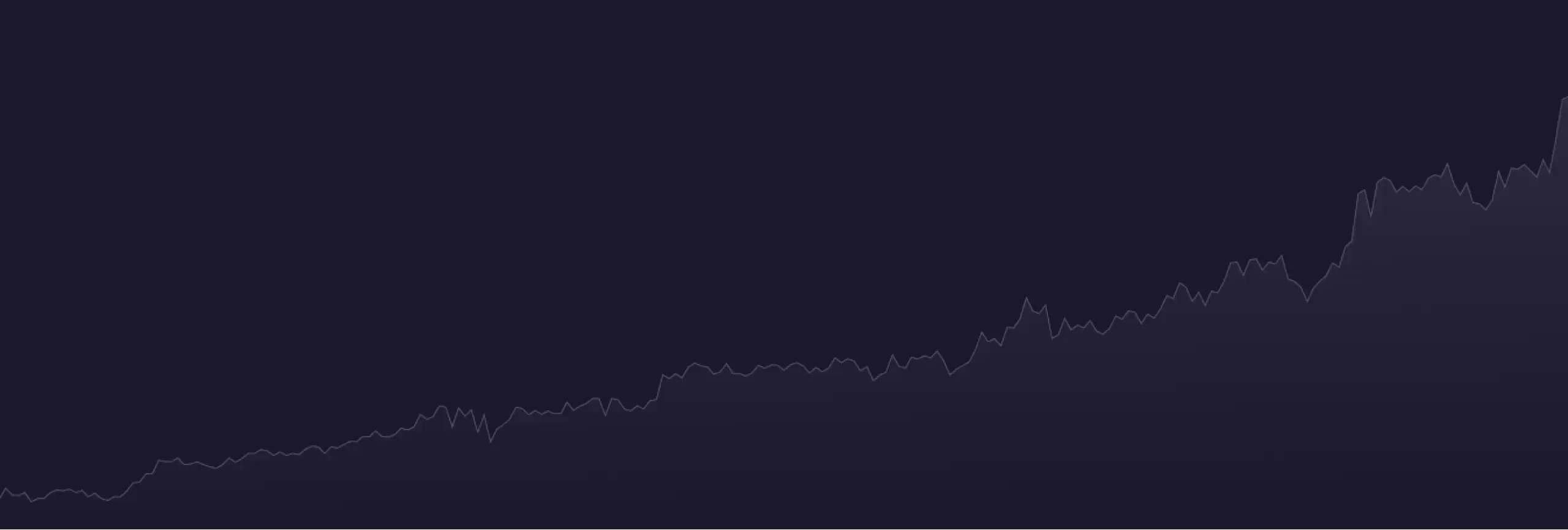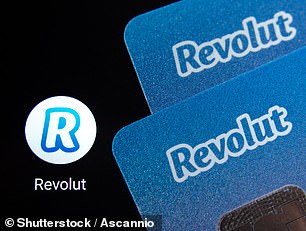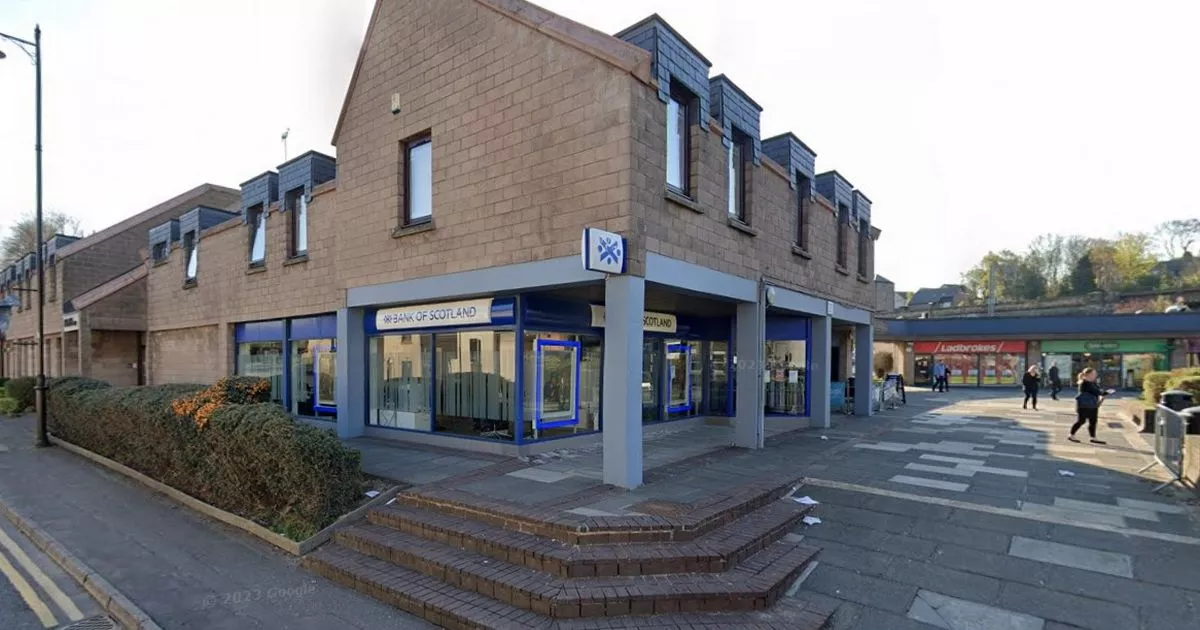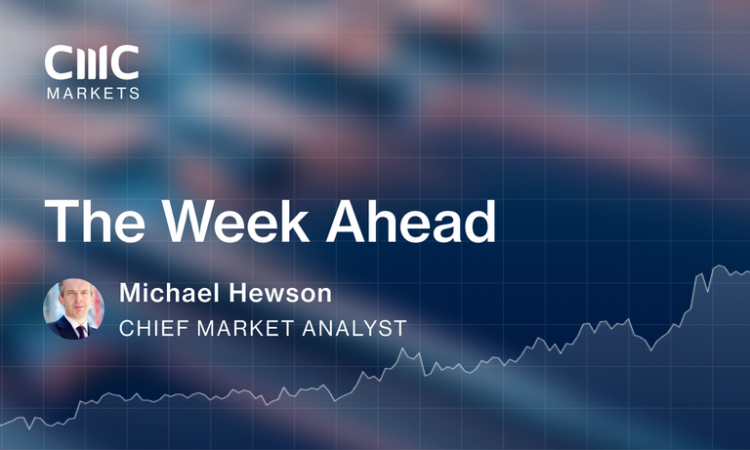
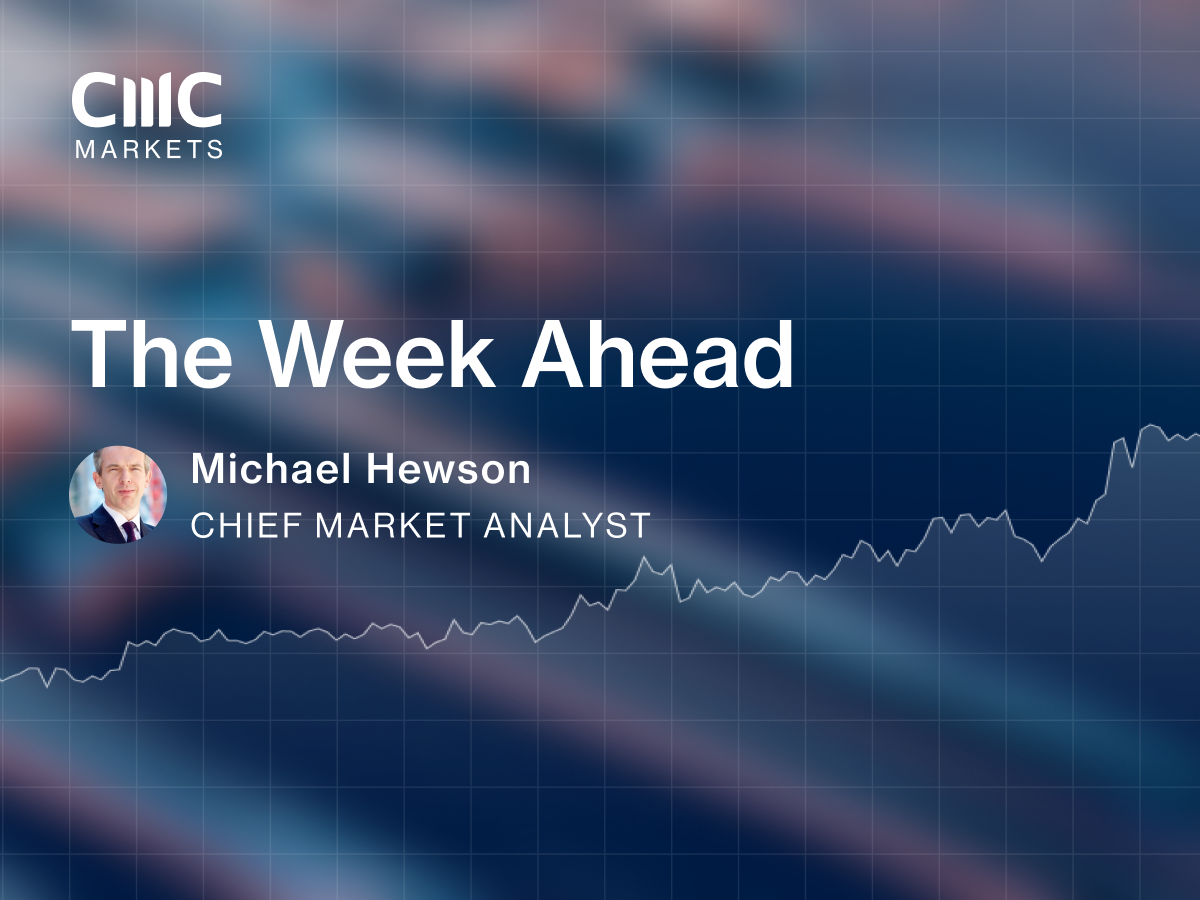
Get ready for a busy week of central bank rate meetings and company results. On Wednesday the US Federal Reserve is set to raise its benchmark interest rate – possibly for the last time this year – by a quarter of a percentage point, lifting the federal funds rate to a new target range of 5.25% to 5.5%. On Thursday it’s the European Central Bank’s turn to decide whether to raise rates, followed on Friday by the Bank of Japan. It’s also an action-packed week on the company earnings front, with announcements due from Vodafone, Alphabet, Microsoft, Meta Platforms, Lloyds Banking Group, Barclays, Shell and NatWest.
Our top three economic and company events in order of importance are:
1. Fed rate decision – Wednesday
The Fed is widely expected to raise interest rates by a quarter of a percentage point on Wednesday. The CME FedWatch Tool, which tracks the probabilities of rate changes implied by futures trading data, indicates that investors believe there is a 99.8% likelihood of a quarter-point rate rise.
The increase could be the Fed’s last of 2023. Policymakers may claim that there may be one or two more rate hikes between now and the end of the year, but given that US inflation cooled to 3% in June and producer price inflation may go negative in July, it seems unlikely that more rate hikes will be needed in the final five months of the year.
Nonetheless, the Fed will be keen to manage expectations and prevent the market from pricing in rate cuts. As things stand, markets have already priced in the notion that this will be the last rate rise in the current hiking cycle. But after Wednesday, the next Fed meeting is not until 19-20 September. That means the market will have to absorb two more inflation reports and two more jobs reports before Fed policymakers meet again. With inflation slowing and the jobs market resilient, the US economy is currently in a bit of a goldilocks moment. Managing expectations will therefore be a challenge for Fed chair Jay Powell this week, though we will get fresh messaging at the end of August when Powell speaks at the annual Jackson Hole Economic Symposium.
2. Lloyds Banking Group half-year results – Wednesday
Lloyds’ earnings stand out in an eventful week for UK banks. Since reaching a one-year high of just over 54p in February, the Lloyds share price has slipped back, despite the company’s broadly positive performance. After the group, which owns Lloyds Bank, Halifax and Bank of Scotland, published an encouraging Q1 interim statement in May, the shares fell to a seven-month low of roughly 42p in June amid concerns that the improvement in margins could soon grind to a halt. Since then, however, shares of the country’s largest mortgage lender, which is considered a bellwether for the British economy, have gained 10% to close at just over 46p on Thursday.
In Q1 statutory pre-tax profit came in at £2.26bn, a £716m increase on the same quarter last year, on net income of £4.65bn. Net interest margin remained steady at 3.22%, unchanged from Q4, but up from 2.68% in Q1 last year. The bank set aside a further £243m to cover potential losses from bad loans, a modest increase from the £177m set aside in Q4, but well below the £465m set aside in the year-ago period. Customer deposits fell during the quarter from £475.3bn to £473.1bn, and were down 2% from a year ago. Operating costs saw a modest increase over the quarter to £2.17bn, but were still lower than a year ago.
In February the bank said it expected net interest margin to improve this year to greater than 3.05%, up from its previous estimate of 2.8%, while operating costs were forecast to remain static at £9.1bn, rising to £9.2bn in 2024. This guidance was kept unchanged in May, despite expectations of further rate rises from the Bank of England.
Forecasts of higher rates and margins were perhaps tempered by expectations that savers may transfer funds to other banks in search of better interest rates. Lloyds has seen an £8bn fall in its deposit base over the last 12 months and will be keen to avoid further deterioration in this area. The first quarter of the year also brought a slowdown in loans and advances to customers, which fell to £452.3bn, a number that has been trending lower since June 2022, although it is still above the levels of Q1 last year.
3. Microsoft Q4 results – Tuesday
Microsoft has posted strong stock market gains, its shares rising 45% year to date. The company is widely tipped to become the next $3tn company after Apple’s market cap topped that level earlier this year. The catalyst for the steady gains has been the buzz around developments in AI, which has helped offset legal setbacks to its bid for video game company Activision Blizzard. That deal has been rejected by UK competition regulators and is currently going through the US courts.
For Q3 Microsoft reported revenue of $52.9bn, above estimates of $51bn, with commercial cloud revenue coming in at $28.5bn. Profit also came in ahead of expectations at $18.3bn, or $2.45 a share. Most business areas beat expectations: intelligent cloud revenue came in at $22.1bn, a rise of 16%, and subscription product revenue rose 11% to $17.5bn. Personal computing revenue was the only area of decline, falling 9% to $13.3bn. Within that segment, revenue from Windows OEM fell 28% and revenue from devices decreased 30%, suggesting that consumers and businesses are spending less on new hardware as cost pressures bite. Mind you, the overall results also suggest that the online business appears slowdown-proof, at least for now. Revenue in Q4 is expected to come in at $55 45bn, with profit at $2.56 a share.
Our calendar of selected upcoming economic and company announcements:
MONDAY 24 JULY
Vodafone Q1 results
It’s been one-way traffic for the Vodafone share price, which has sunk 14% year to date. Sitting just above 25-year lows, the shares haven’t been buoyed by managerial changes. Former CEO Nick Read was replaced by Margherita Della Valle, who seems unable to convince markets she has a coherent plan to turn the business around.
In May the telecoms company revealed it was looking to cut 11,000 jobs over the next three years as it announced its full-year results. Full-year group revenues rose 0.3% to €45.7bn. Operations in Germany continued to underperform, posting a decline of 1.6%, driven by the loss of broadband customers. The UK arm fared much better, seeing an increase of 5.6%, which was driven by an 8% increase in mobile service revenue. Markets in Spain and Italy also saw declines in organic service revenue of 5.4% and 2.9% respectively. Full-year pre-tax profit for the year rose to €12.82bn, though most of this was down to gains from the disposal of the Vantage Towers business for €8.6bn.
Vodafone also generated an additional €689m from the completion of the sale of its Ghana business, as well as a loss of €69m on its disposal of Vodafone Hungary. Investor concerns persist around the Vodafone’s debt level at a time when the company seems to lack a growth strategy. On the plus side, the company has announced that it is working through the final details of the merger of its British operations with Hong Kong’s Hutchison Holdings, which runs the Three network.
TUESDAY 25 JULY
Alphabet Q2 results
Google owner Alphabet reported a solid set of Q1 results, driven by increased demand for its cloud services. Total revenue came in at $69.8bn. A profit of $15.05bn, or $1.17 a share, represented a modest decline from the same quarter last year, but was above forecasts of $1.07.
Cloud services revenue increase to $7.45bn, helping to offset modest declines in advertising and YouTube revenues. YouTube revenue fell 2.6% to $6.69bn, while advertising came in at $54.55bn. The company announced plans to buy back $70bn of its own shares, and also revealed it was taking a $2bn charge in respect of severance costs after letting 12,000 employees go earlier this year. The headcount cut saw the company spend $564m in relation to office-space reductions.
Microsoft Q4 results
See our top three events, above
WEDNESDAY 26 JULY
Fed rate decision; Lloyds Banking Group half-year results
See our top three events, above
Meta Platforms Q2 results
After the Facebook owner’s share price declined by almost two-thirds in 2022, this year has seen a rapid recovery, with the shares up over 140% year to date. The shares are now only around 10% below where they were at the start of 2022. The Q1 results, released in late April, drove strong gains, helped by an upgrade to guidance for Q2.
Revenue in Q1 grew 3% to $28.1bn, comfortably beating expectations of $26.76bn. Profit fell 24% to $5.71bn, or $2.20 a share, but was also above expectations. Costs and expenses rose by 10% to $21.4bn. The company raised its guidance for Q2 revenue to between $29.5bn and $32bn, while full-year operating expenses were estimated to be between $86bn and $90bn, including $3bn to $5bn in restructuring costs. Profit for Q2 is expected to come in at $2.90 a share.
Meta’s Reality Labs division, also known as its Metaverse unit, continued to bleed cash in Q1, losing just shy of $4bn as revenue halved to $339m. The launch of Threads, a competitor to Twitter, has attracted headlines and helped to drive the share price higher after it added millions of users. However, there has been little sign thus far that it has driven traffic away from Twitter in a sustainable fashion.
THURSDAY 27 JULY
ECB rate decision
If the Fed is close to the end of its rate-hiking cycle, the pressure on the European Central Bank to be more aggressive in its battle against inflation could recede. We’ve already seen the euro rise sharply against the US dollar, which is in itself deflationary and will help ease price pressures. Furthermore, factory gate prices in Germany and Italy have been in freefall for months now. While core CPI has remained sticky and close to record highs, it’s important to remember that the ECB has already pushed interest rates from 2% to 4% this year.
Taking all this into account, we still expect to see another quarter-point increase on Thursday. However, the consensus for more aggressive rate hikes, which was so prevalent on the governing council at the start of this year, is already fraying. Yannis Stournaras, governor of the Bank of Greece, has pushed back strongly against the idea of more aggressive action. And he’s not the only one. Vocal opposition to further tightening has also come from Italian prime minister Giorgia Meloni, who has been particularly critical of the ECB’s recent rate hikes.
US Q2 GDP
The US economy has remained resilient this year, despite the sharp rise in interest rates over the last 12 months. The strength of the country’s labour market has been particularly impressive. Crucially, inflation has cooled from 9.1% in June 2022 to 3% in June 2023, helping reassure consumers. Indeed, personal consumption rebounded in Q1, growing 4.2%, after a weak end to last year.
The rebound in consumer spending helped boost Q1 GDP growth, which was revised upwards from 1.2% to 2%. As we await the first estimate of Q2 GDP, the key question is whether momentum was maintained. Estimates suggest that the US economy expanded by around 1.6% to 1.9%, although manufacturing is likely to be a weak spot. It’s also worth keeping an eye on inventories to see whether these are being maintained or run down.
Barclays half-year results
After sharp declines in February and March, the Barclays share price is back where it started the year – at around 163p. In April the bank reported total revenue of £7.2bn for Q1, driven by strong performance in its investment banking division, where revenue came in higher than expected at £3.97bn, an increase of 1% from a year ago. Fixed income instruments, currencies, and commodities (FICC) was a particular standout, generating £1.79bn, but equities trading was disappointing at £704m. The bank’s consumer division performed well as revenue here grew 47% to £1.3bn. Barclays set aside £524m to cover potential losses from bad loans. Notably, operating costs increased by 15% to £4.1bn. Net interest margin (NIM) increased to 3.18%, with the bank saying they expected to see a full-year NIM in excess of 3.2%. Profit attributable to shareholders rose 27% to £1.78bn.
For the first half of the year, revenue is expected to increase to £13.88bn, up from £13.2bn a year ago. Estimates suggest the bank set aside another £581m in Q2, taking first-half impairments close to £1.2bn.
Shell half-year results
Fossil fuel companies remain in politicians’ crosshairs, even as oil and gas prices have slipped back from the record highs we saw during the middle of last year. With Shell’s new CEO Wael Sawan striking a more pragmatic, almost belligerent tone when it comes to Shell’s production targets, there is a sense that Big Oil is becoming more assertive in response to the political discourse on renewables and the threat of higher taxes.
In Q1 Shell reported a better-than-expected profit of $9.6bn, a modest decline from Q4’s $9.8bn, on revenue of $86.96bn. Integrated gas contributed $4.9bn to the overall profit. Though down $1.1bn from Q4, it was still the second highest figure Shell has reported in this area. Shell maintained its dividend at $28.75 a share and announced another $4bn share buyback for the quarter.
Other key areas of outperformance were in chemicals and products, which saw a more than $1bn jump in profits to $1.78bn as margins widened. Renewables and energy solutions saw profits rise to $400m, up from $300m in Q4. On the tax front, Shell paid $3.1bn during the quarter, although there was no detail as to how this was broken down.
In June Shell announced it would increase the dividend by 15% and spend another $5bn in share buybacks during the second half of 2023. Shell also said it was planning to invest $10bn to $15bn between 2023 and 2025 to support the development of low-carbon energy solutions including biofuels, hydrogen, electric vehicle charging, and carbon capture storage .
CEO Sawan pushed back on the narrative of ‘renewables at any cost’, saying in a speech in June that “we need to continue to create profitable business models that can be scaled at pace to truly impact the decarbonisation of the global energy system. We will invest in the models that work – those with the highest returns that play to our strengths”.
In a recent trading update Shell said that it expects a weaker Q2 as lower demand and lower prices impact its operations. Shell also said that its chemicals division is likely to make a loss during the quarter.
FRIDAY 28 JULY
Bank of Japan rate decision
The Japanese yen has continued to strengthen against the US dollar in the past week, breaking above ¥141 to the dollar on Friday. There are whispers that the Bank of Japan could tweak its yield curve control policy, with a view to targeting shorter-term rates.
The BoJ has been the major outlier among central banks this year, keeping interest rates low while its peers raised rates. This contributed to the yen being the worst performer among major currencies in the first half of this year. Things appear to have gone into reverse this month, with the market apparently convinced that a policy change is coming, whether it be this month or in October.
Of course, it’s important to remember the US dollar’s role in this equation – namely, the fact that the market thinks the Fed will be done with rate rises after Wednesday. This factor is contributing to yen strength.
With Japanese core CPI already at a 40-year high of more than 4%, it seems likely that a policy tweak is coming. That could further boost the yen in the coming months.
The sharp rise in UK interest rates has stoked concerns over rising defaults as fixed-rate mortgage holders re-fix at higher rates. UK banks like NatWest have responded by increasing loan loss provisions. When the bank reported Q4 and full-year numbers it was cautious about the year ahead, saying it expected to generate full-year income of £14.8bn and a full-year NIM of 3.2%, based on a base rate of 4%. They retained this caution in their Q1 guidance, despite many expecting the base rate to go much higher. The base rate is now at 5% and looks set to rise again in August. The concern now isn’t so much about income, but about economic conditions over the course of the rest of the year, along with demand for loans, pressure on margins, and higher costs.
Profit in Q1 came in higher than expected at £1.28bn, comfortably above the year-ago figure of £841m. Net revenue was also higher than expected at £3.87bn. Impairments came in lower at £70m, while net interest margin rose to 3.27% for the quarter. Operating expenses were up sharply, rising 12.5% year-on-year, with most of that attributable to higher staff costs as the bank paid out £60m in cost-of-living payments to help staff cope with high inflation. Customer deposits fell by £11.1bn during the quarter to £421.8bn, mainly due to tougher liquidity conditions and increased competition for deposits. Net loans saw an increase to £352.4bn.
INDEX DIVIDEND SCHEDULE
Dividend payments from an index’s constituent shares can affect your trading account. View this week’s index dividend schedule.
SELECTED COMPANY RESULTS
| MONDAY 24 JULY | RESULTS |
| Vodafone (UK) | Q1 |
| TUESDAY 25 JULY | RESULTS |
| Alphabet (US) | Q2 |
| Anglo American (UK) | Half-year |
| Croda International (UK) | Half-year |
| Danaher (US) | Q2 |
| Games Workshop Group (UK) | Full-year |
| General Electric (US) | Q2 |
| General Motors (US) | Q2 |
| Microsoft (US) | Q4 |
| Raytheon Technologies (US) | Q2 |
| Reach (UK) | Half-year |
| SThree (UK) | Half-year |
| TransUnion (US) | Q2 |
| Tyman (UK) | Half-year |
| Unilever (UK) | Half-year |
| UNITE Group (UK) | Half-year |
| Verizon Communications (US) | Q2 |
| Visa (US) | Q3 |
| Waste Management (US) | Q2 |
| WEDNESDAY 26 JULY | RESULTS |
| AT&T (US) | Q2 |
| Boeing (US) | Q2 |
| British American Tobacco (UK) | Half-year |
| Chipotle Mexican Grill (US) | Q2 |
| Coca-Cola (US) | Q2 |
| Lloyds Banking Group (UK) | Half-year |
| Mattel (US) | Q2 |
| Meta Platforms (US) | Q2 |
| Morningstar (US) | Q2 |
| Reckitt Benckiser Group (UK) | Half-year |
| Rio Tinto (UK) | Half-year |
| Thermo Fisher Scientific (US) | Q2 |
| Union Pacific (US) | Q2 |
| THURSDAY 27 JULY | RESULTS |
| AbbVie (US) | Q2 |
| Airtel Africa (UK) | Q1 |
| American Tower (US) | Q2 |
| Barclays (UK) | Half-year |
| BT Group (UK) | Q1 |
| Bristol-Myers Squibb (US) | Q2 |
| Centrica (UK) | Half-year |
| Comcast (US) | Q2 |
| Drax Group (UK) | Half-year |
| Harley-Davidson (US) | Q2 |
| Hershey (US) | Q2 |
| Hertz Global Holdings (US) | Q2 |
| Honeywell International (US) | Q2 |
| Informa (UK) | Half-year |
| Intel (US) | Q2 |
| ITV (UK) | Half-year |
| Jupiter Fund Management (UK) | Half-year |
| Linde (US) | Q2 |
| RELX (UK) | Half-year |
| Rentokil Initial (UK) | Half-year |
| S&P Global (US) | Q2 |
| Schroders (UK) | Half-year |
| Segro (UK) | Half-year |
| Shell (UK) | Half-year |
| Skechers USA (US) | Q2 |
| St James’s Place (UK) | Half-year |
| FRIDAY 28 JULY | RESULTS |
| AstraZeneca (UK) | Half-year |
| IMI (UK) | Half-year |
| International Consolidated Airlines (UK) | Half-year |
| Intertek Group (UK) | Half-year |
| NatWest Group (UK) | Half-year |
| Procter & Gamble (US) | Q4 |
| Rightmove (UK) | Half-year |
| Standard Chartered (UK) | Half-year |
Note: While we check all dates carefully to ensure that they are correct at the time of writing, company announcements are subject to change.
Disclaimer: CMC Markets is an execution-only service provider. The material (whether or not it states any opinions) is for general information purposes only, and does not take into account your personal circumstances or objectives. Nothing in this material is (or should be considered to be) financial, investment or other advice on which reliance should be placed. No opinion given in the material constitutes a recommendation by CMC Markets or the author that any particular investment, security, transaction or investment strategy is suitable for any specific person. The material has not been prepared in accordance with legal requirements designed to promote the independence of investment research. Although we are not specifically prevented from dealing before providing this material, we do not seek to take advantage of the material prior to its dissemination.

